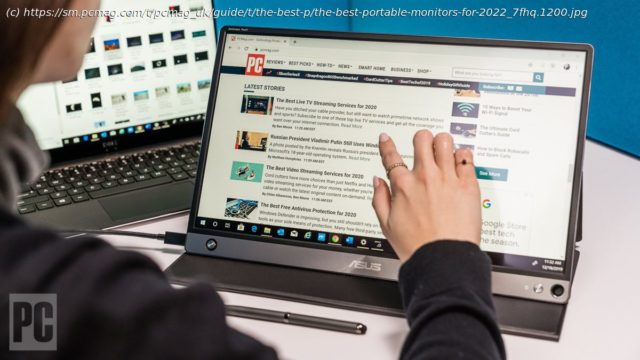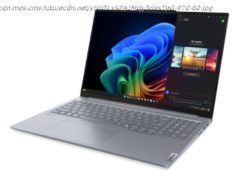Whether you’re a traveling exec, a gamer, or a graphic designer, a portable second monitor can add an extra dimension to your work or play. We tested most of the major models on the market.
Portable displays that you pair with a laptop aren’t a new phenomenon, but in the past couple of years, they have come into their own. Many of the major monitor manufacturers have at least one in their repertoire, and new models are appearing more regularly than ever. Whether you want to add a second screen for giving presentations to small groups, view two programs open full-screen at once, enhance your portable gaming system, or touch up your designs with a stylus, mobile monitors of different sizes, styles, and paradigms are ready to serve. Why all of these panels, all of a sudden? The widespread adoption of USB Type-C connectivity —with its ability to transfer power, data, and video over a single cable—has been a godsend for the growth of portable displays. They no longer need a dedicated AC adapter for juice (though some do come with one as an option), and many have just a single USB-C port that handles all the connectivity, though some add HDMI or other connectors. What Qualifies as a Portable Monitor? Many smaller desktop displays can be taken on the road in a pinch, but “true” portable monitors are those specifically sold as such. Even those range quite a bit in size: from 3.5 inches to 22 inches. Portable displays run the gamut from personal, business, and general-purpose models to panels for artists and gamers. The sweet spot for use with a laptop, though, and our focus here, is between 12 and 17 inches. Many users match their portable display with the screen size of their laptop. But also on the market is a handful of models at 10 inches (mostly for use with gaming consoles) and at 7 inches (for use with the Raspberry Pi). Most portable displays use a stand consisting of a thin but stiff plastic board, with several grooves or creases on which it folds. At one end is a magnetic strip, which adheres to the back of the monitor at its top. Folding the sheet in the middle, with the angle pointing away from the user, props up the monitor. The bottom of the monitor inserts into a groove, securing it and tilting the device upward. (Some portable displays have several grooves, and you can alter the monitor’s tilt angle by placing the base in a different one.) These foldable stands often double as protective covers for the display when it’s not in use. Some protect just the front of the monitor, while others are larger, wraparound covers that sandwich the entire monitor. Another stand design that we have seen consists of a rigid, flat base, containing the ports, to which the screen is attached via hinges. You can set the screen at any angle you like simply by tilting it. This kind is much less common, though. Also, a few designs use the laptop itself as the support, fastening to its back or its side and sliding or swinging out for use. Although mobile monitors lack the height, pivot, or swivel adjustability of their desktop counterparts, they are small and light enough that they are easy to adjust manually. Some monitors can be pivoted by hand, though not all stands can support a monitor when it is in portrait mode. In those cases, you could always prop up the monitor against a wall or other surface.






